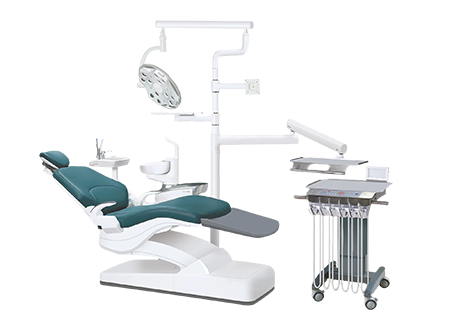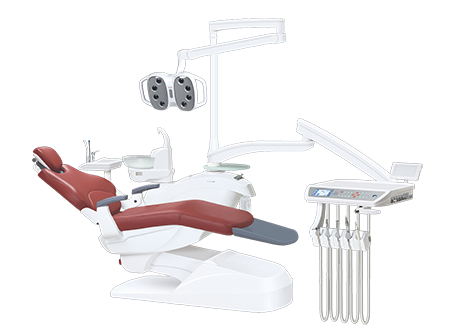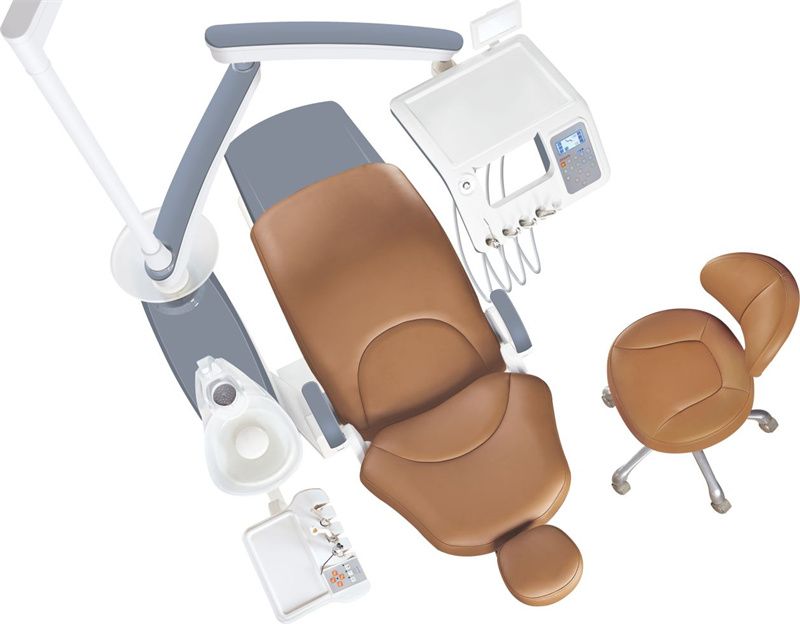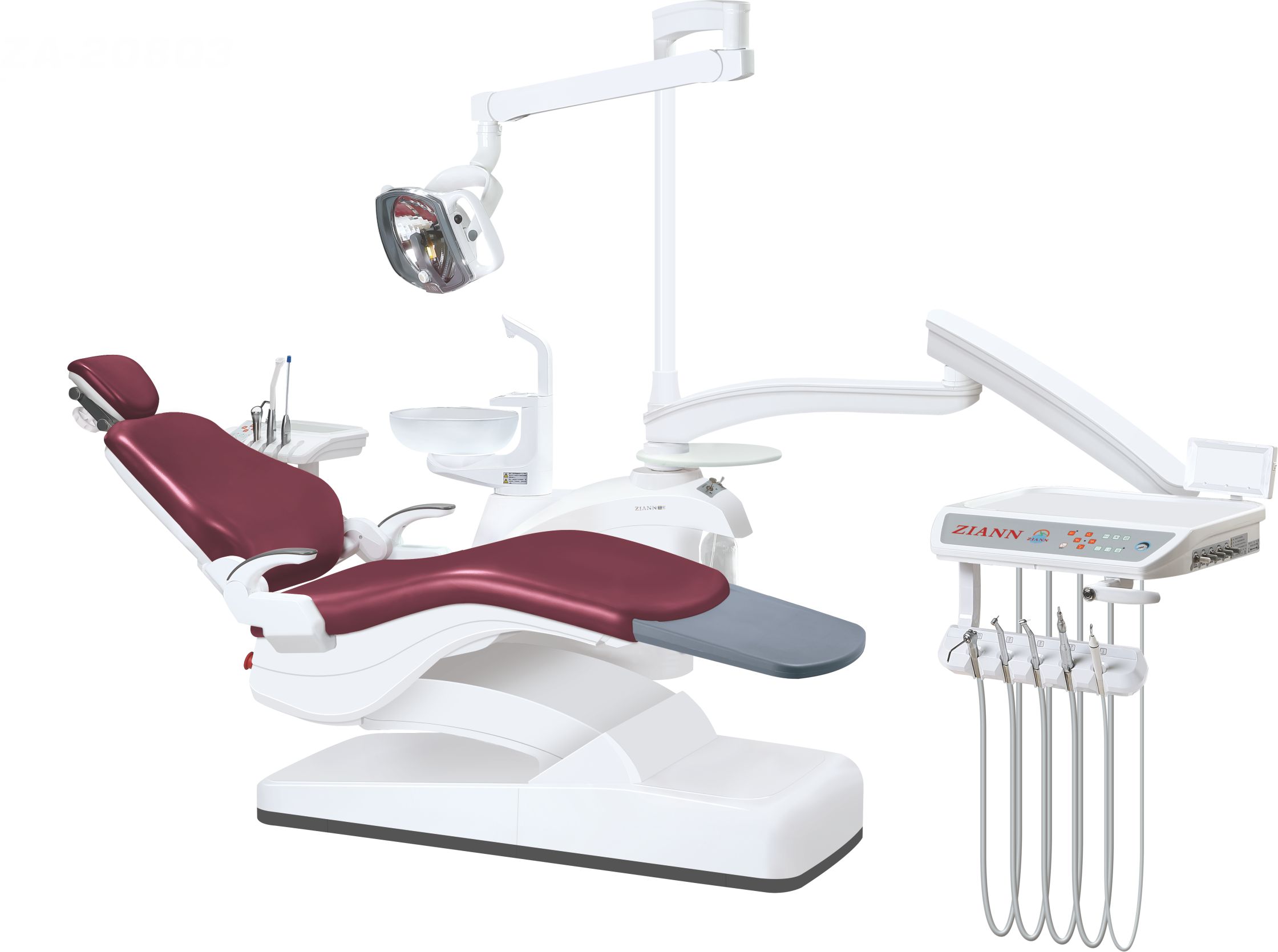Maintaining a pristine, hygienic dental unit isn't just essential—it's fundamental to ensuring patient safety and infection control. From the dental chair to intricate instruments, every component requires meticulous cleaning. Let's delve into the detailed steps and protocols for effectively cleaning a dental unit.
Why Cleaning A dental Unit?
Cleaning a dental unit is imperative not only for the functionality and longevity of the equipment but, more importantly, for the well-being and safety of the patients.
It's a foundational aspect of dental care that ensures a sterile environment and minimizes the risk of infections or complications arising from dental procedures. Here are the main reasons:
●Chair: Patients spend considerable time in the dental chair, making its cleanliness pivotal. Regular cleaning ensures a hygienic surface for each patient, preventing the spread of germs or infections. Proper sanitation also maintains the longevity of the chair, preserving its functionality and comfort, thus contributing to a positive patient experience.
●Handpieces: These intricate tools directly interact with a patient's oral cavity. Thorough cleaning and sterilization of handpieces between uses prevent cross-contamination and the transmission of pathogens. Proper maintenance not only ensures the effectiveness and precision of these instruments but also safeguards patient health by reducing the risk of infections.
●Trays: Clean and organized trays are essential for efficient workflow during procedures. Regular cleaning of trays and their contents ensures that instruments remain sterile and readily available. This practice not only promotes a smooth treatment process but also upholds hygiene standards crucial for patient safety.
●Surfaces: Every surface within the dental unit, from countertops to equipment, plays a role in infection control. Cleaning and disinfecting these surfaces eliminate harmful bacteria and viruses, reducing the risk of cross-contamination between patients. Maintaining a sanitized environment is fundamental in preventing the spread of infectious diseases and upholding a safe practice setting.

Preparing for Cleaning
Before cleaning, you should make the proper preparation for the cleaning job.
●Gathering Necessary Supplies
Before initiating the cleaning process, ensure you have the right tools: approved disinfectants, wipes, gloves, and protective gear. Utilizing recommended products guarantees optimal cleanliness and safety.
●Safety Precautions
Prioritize safety by following proper handling guidelines for chemicals and contaminated items. Donning appropriate personal protective equipment (PPE) is crucial to safeguard against potential hazards.
Step-by-Step Cleaning Process
In this section, the author will guide you on how to clean the dental unit step by step.
●Surface Cleaning: Chair and Surfaces
Begin by thoroughly cleaning and disinfecting the dental chair and adjacent surfaces. Regular and comprehensive cleaning significantly minimizes the risk of cross-contamination.
●Handpieces and Instruments
Precise cleaning of dental handpieces and instruments is imperative. Employ sterilization techniques to ensure utmost cleanliness and prevent potential infections.
●Waterline Maintenance
Clean waterlines are essential for preventing bacterial growth. Adhere to recommended protocols to effectively clean and maintain waterlines, thereby safeguarding patient health.

●Waste Disposal
Disposal of contaminated materials and biohazardous waste demands strict adherence to proper protocols. Compliance with regulations ensures safe and responsible waste disposal practices.
●Scheduled Maintenance
Regular servicing and maintenance prevent equipment malfunction, ensuring consistent functionality and efficiency. Establish a schedule for routine checks to maintain optimal performance.
●Inspection Checklist
Use a comprehensive checklist to verify thorough cleaning and maintenance. This checklist serves as a guide for dental practitioners to ensure all necessary steps are covered.

Tips for Optimal Dental Unit Hygiene
Beyond the outlined steps, here are additional tips for maintaining optimal cleanliness:
●Establish standardized cleaning protocols within the practice.
●Regularly update cleaning procedures in alignment with evolving guidelines.
●Train staff to adhere to cleaning protocols and safety measures diligently.
Conclusion
In conclusion, the meticulous cleaning of a dental unit is a non-negotiable aspect of ensuring patient safety and infection control. By understanding the components, following a structured cleaning process, prioritizing safety, and implementing regular maintenance, dental practitioners can uphold the highest standards of hygiene. Remember, a clean dental unit not only inspires confidence in patients but also reflects their commitment to their well-being.
Maintaining a clean dental unit isn't just about aesthetics—it's a commitment to patient care and safety.






